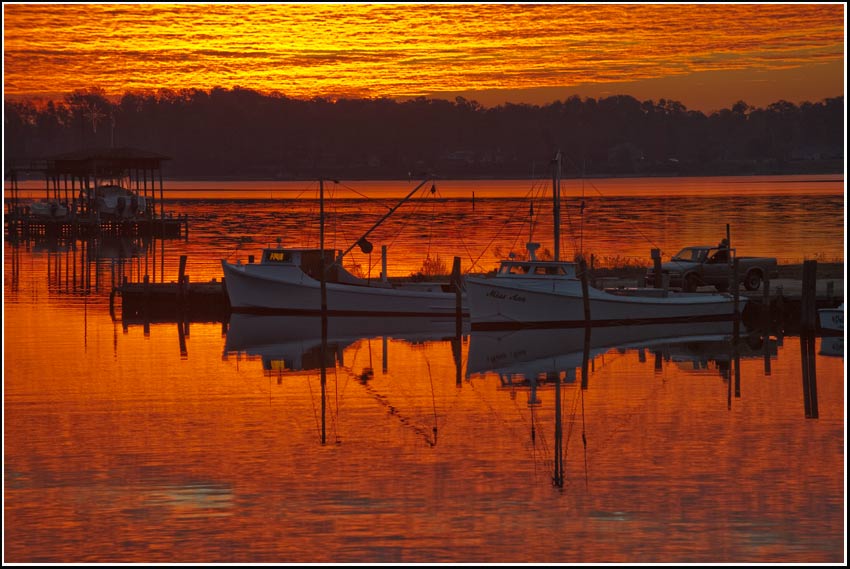
Charlottesville Tomorrow posted a slide show , one slide every 30 seconds, 6.5 mile trip down the Rivanna.
Category: riverine
Rivanna River
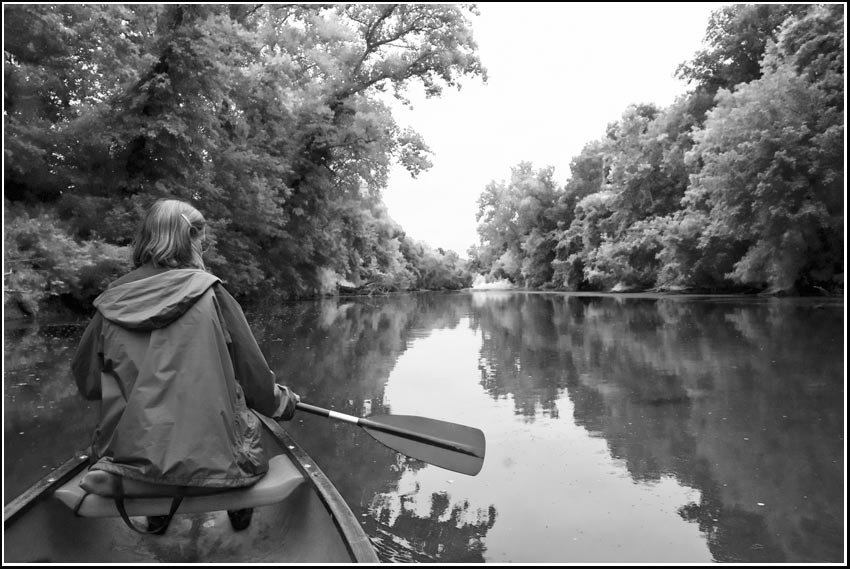
The Chesapeake Bay Foundation arranged a river trip for local political leaders on the Rivanna last Saturday. The Rivanna and the Chesapeake Bay, they are the same water. The EPA’s attempt to improve the health of the Bay is looked upon by many upstream as an unfunded mandate. It is a gift of awareness. We are critters, we live in an ecosystem. Clean air and water matter. Dirty water kills critters.
People who love nature and want to preserve access to public land understand they are dealing with a tricky balance, but they generally believe that in order for something to be protected, it must first be loved. A wealthy landowner will put 300 acres in trust for that love (and for a tax break), but the public will rally to preserve 10,000 acres of forest land only if they use it and know it.
The Rivanna River was our first highway. It is also beautiful and can only become more so if we turn our faces to it, as a community, instead of showing it our backs. Those of us who prefer secret, wild places also delight in the hunt for new ones.—Giles Morris, editor C-Ville
cameraman

q. What do you hope the people will learn?
a. Where the Mountain is, where the River is.
Haliaeetus leucocephalus

Walking Sophia in misty Slabtown predawn, saw two bald eagles sitting in a tree. When I fetched my camera they split. Edmond was wondering whether I was seeing turkey vultures but I’ve never seen one of those with white tail feathers.
nautical twilight
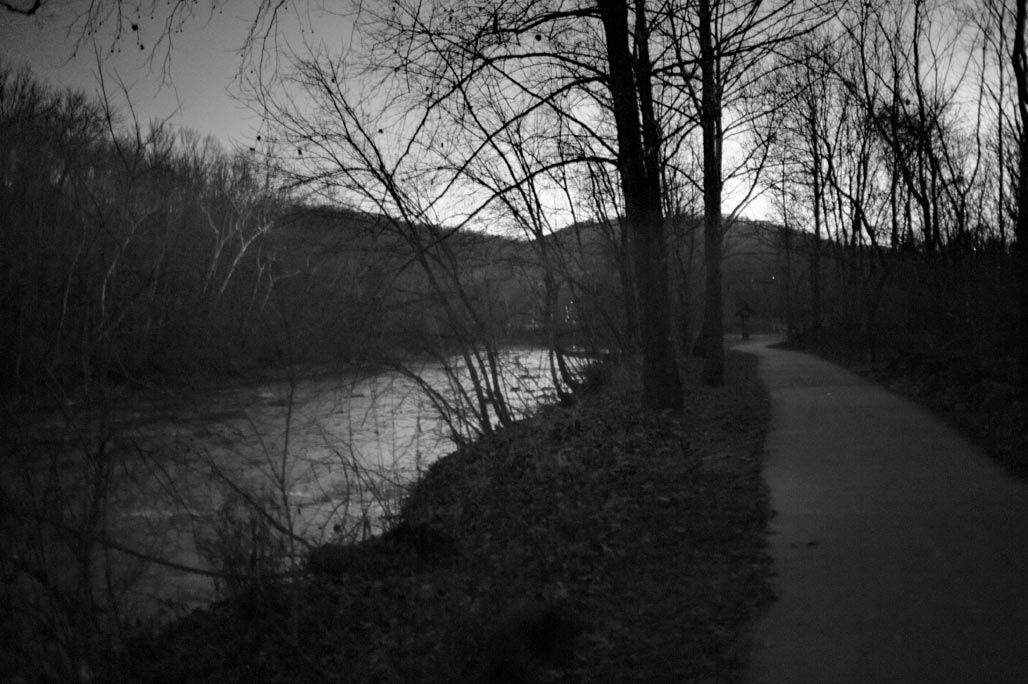
Walking southwest on the Rivanna right bank trail toward Monticello {left} and the Woolen Mills Village National Historic District.
In eight days the regional water and sewer authority board (RWSA) will vote on whether to locate a 53 million gallon per-day sewage pumping station in this park.
The following information is provided for Charlottesville, Virginia (longitude W78.5, latitude N38.0):
Tuesday
20 December 2011 Eastern Standard Time
SUN
Begin civil twilight 6:56 a.m.
Sunrise 7:26 a.m.
Sun transit 12:11 p.m.
Sunset 4:57 p.m.
End civil twilight 5:27 p.m.
slabtown dawn
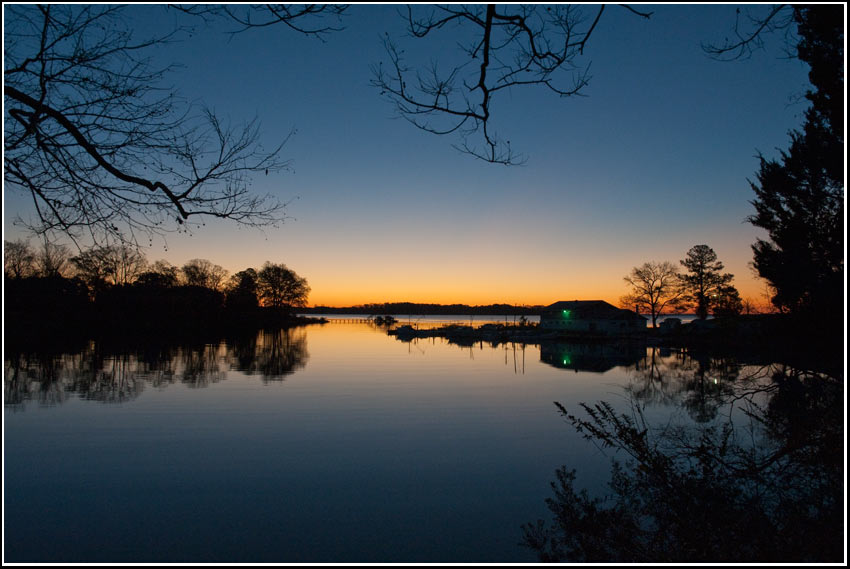
We pause to express our deep gratitude for the many blessings we enjoy. Give us the strength and the wisdom to demonstrate that gratitude in thoughts and words and deeds acceptable to you. Protect our absent loved ones and protect this family circle with everlasting love.–Charlie Murchison
New River
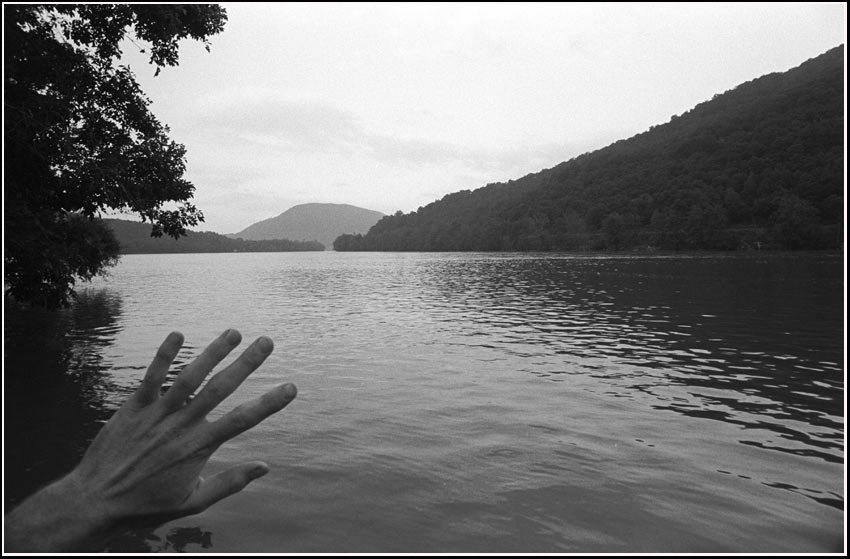
1979, right bank, left hand, New River, McCoy, Virginia
infrastructure
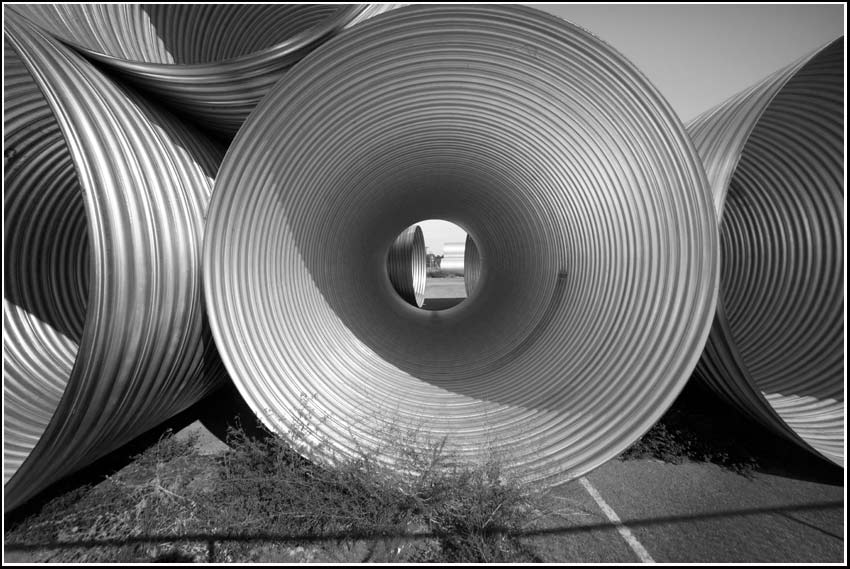
Infrastructure is basic physical and organizational structures needed for the operation of a society or enterprise, or the services and facilities necessary for an economy to function.
The term typically refers to the technical structures that support a society, such as roads, water supply, sewers, electrical grids, telecommunications, and so forth, and can be defined as “the physical components of interrelated systems providing commodities and services essential to enable, sustain, or enhance societal living conditions.”–Wikipedia
Infrastructure can inspire. Carefully engineered, lasting projects are beautiful and cost effective. The Aqua Virgo, an aqueduct supplying Rome with drinking water, was constructed in 19BC, and renovated in 1453.
The large diameter galvanized pipes above are shopping center infrastructure. Presumably, they’ll be buried beneath the ground and deal with storm water unable to penetrate the acres of impervious surface that are part of this new consumer Shangri-La. Could the rainwater be kept on top of the ground in a series of streams, meadows and lakes and allowed to infiltrate? The landscaping could be beautiful and functional. Maybe that is part of the plan? UVA, locally, leads in daylighting piped streams and dealing with stormwater intelligently.

One thing for sure. This is short term infrastructure. No one will be renovating this installation in a millennium. The useful life of corrugated pipe is measured in decades.
River Thing
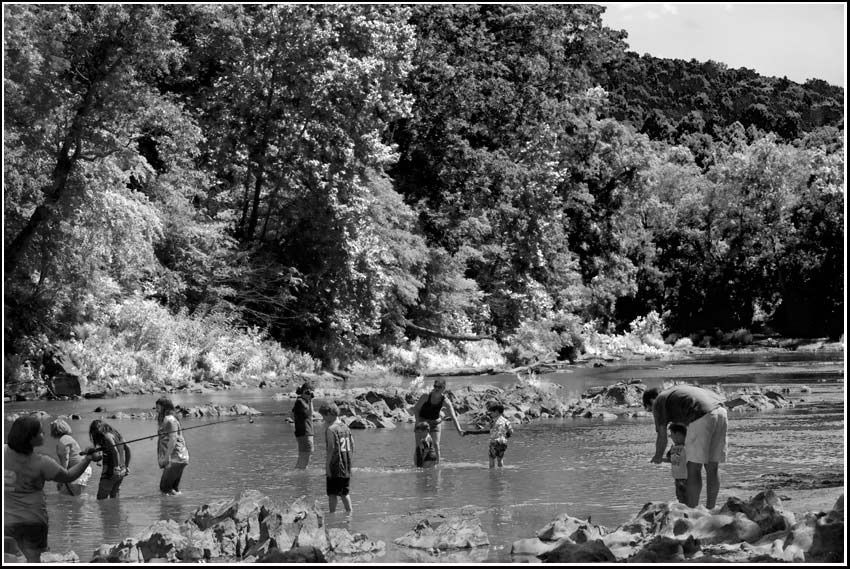
Wednesday, July 20, the City Council will interview candidates for the City’s “Planning Commission”.
I hope the Councilors will ask PC wannabees to:
Identify strategies to maximize the presence and value of the Rivanna River in the life of the City.
The city of Charlottesville has a 3.6 mile waterfront without a single path from the river’s edge to the water.
Imagine that.
A city that ignores its river cannot call itself great.
Havasu Canyon
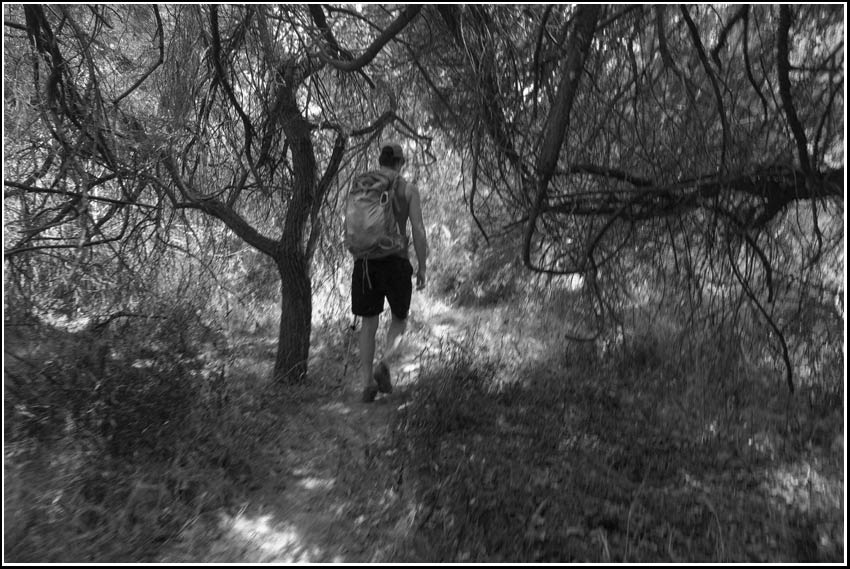
[Benjamin Lee Whorf] discovered that [Hopi] differs dramatically from languages of the Indo-European family such as English or French, particularly in its expression of the concept of time. English and its related languages have three major tenses – past, present, and future (“it was,” “it is,” “it will be”) – plus the fancier compound tenses such as “it will have been”. Having these tenses, Whorf argued, encourages Europeans and Americans to think of time as so many ducks in a row. Time past is made up of uniform units of time – days, weeks, months, years – and the future is similarly measured out. This division of time is essentially artificial, Whorf said, since people can only experience the present. Past and future are only abstractions, but Westerners think of them as real because their language virtually forces them to do so. This view of time has given rise to the fondness in Western culture for diaries, records, annals, histories, clocks, calendars, wages paid by the hour or day, and elaborate timetables for the use of future time. Time is continually quantified. — David S. Thomson, “Worlds Shaped by Words”